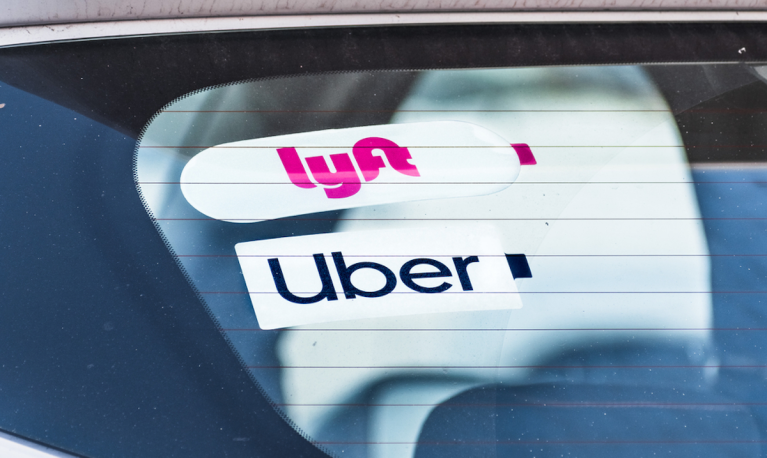
The side hustle — and the ancillary streams of income those hustles provide — now is a lifeline in the paycheck-to-paycheck economy, across all income levels.
Earlier this year, PYMNTS reported that 22% of all U.S. consumers work on the side to enhance their cash flow. According to the data, 23% of paycheck-to-paycheck Americans who say keeping up with their monthly bills is a challenge look for active supplemental income. Meanwhile, 26% of workers earning more than $100,000 per year told PYMNTS Intelligence that they worked at least one side-job.
Second-quarter earnings from gig platforms — ride-hailing and delivery stalwarts like Uber, Lyft, Instacart and the freelancing firm Fiverr — show that the momentum’s got legs, despite some volatility in food delivery as consumers cut back.
In Uber’s case, that momentum is evident in the 7.4 million drivers and couriers on its platform in Q2, up from the 7.1 million drivers in the first quarter. CEO Dara Khosrowshahi said on the conference call with analysts that “when there’s a weaker job market, typically, our driver supply on the mobility side significantly improves.”
He noted on the call that average earnings per utilized hour for drivers in the U.S. is $33 per utilized hour, 23% higher than a year ago. Khosrowshahi noted that multi-product consumers spend three times more than other consumers, which in turn continues to feed demand for drivers who pivot between ride-hailing and Uber Eats.
Lyft CEO David Risher said during the earnings call that the company has 1 million active drivers in place, with the greatest number of new drivers signing on in the most recent quarter than had been seen since 2019.
“Gig work like driving helps people live their lives on their terms, and that’s why it’s here to stay,” Risher said.
As noted here, Lyft has set an earnings policy where its drivers will always earn 70% or more on fares per week, after external fees. If drivers are ever under 70% at the end of the week, Lyft pays them the difference.
Elsewhere, Instacart has noted that 600,000 shoppers have been leveraging its platform for income. CFO Emily Reuter said on the earnings call with analysts that, with a nod to shoppers’ earnings, the company is “really continuing to see shopper efficiencies in terms of the payments that we make to shoppers to make deliveries. And that’s driven by our order density at the end of the day, being able to drive batch rates, which really only results from multiple large batches happening at the same store at the same time.”
In our coverage of Fiverr’s results, we noted that the freelancer platform Fiverr saw that active buyers dropped 8% during the quarter, from 4.2 million to 3.9 million. Spending per buyer, however, increased 10%, from $265 to $290. The company said in its earnings materials that the overall addressable market for freelancing in the U.S. is $247 billion.